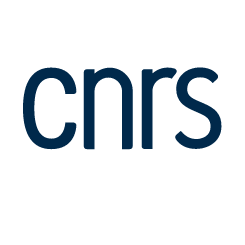Compensatory recruitment allows amphibian population persistence in anthropogenic habitats
Résumé
Habitat anthropization is a major driver of global biodiversity decline. Although most species are negatively affected, some benefit from anthropogenic habitat modifications by showing intriguing life-history responses. For instance, increased recruitment through higher allocation to reproduction or improved performance during early-life stages could compensate for reduced adult survival, corresponding to “compensatory recruitment”. To date, evidence of compensatory recruitment in response to habitat modification is restricted to plants, limiting understanding of its importance as a response to global change. We used the yellow-bellied toad ( Bombina variegata ), an amphibian occupying a broad range of natural and anthropogenic habitats, as a model species to test for and to quantify compensatory recruitment. Using an exceptional capture–recapture dataset composed of 21,714 individuals from 67 populations across Europe, we showed that adult survival was lower, lifespan was shorter, and actuarial senescence was higher in anthropogenic habitats, especially those affected by intense human activities. Increased recruitment in anthropogenic habitats fully offset reductions in adult survival, with the consequence that population growth rate in both habitat types was similar. Our findings indicate that compensatory recruitment allows toad populations to remain viable in human-dominated habitats and might facilitate the persistence of other animal populations in such environments.
Domaines
Sciences de l'environnement
Fichier principal
 cayuela_etal_2022_BOVA_compensatory-recruitment-allows-amphibian-population-persistence.pdf (1.94 Mo)
Télécharger le fichier
cayuela_etal_2022_BOVA_compensatory-recruitment-allows-amphibian-population-persistence.pdf (1.94 Mo)
Télécharger le fichier
| Origine | Publication financée par une institution |
|---|
